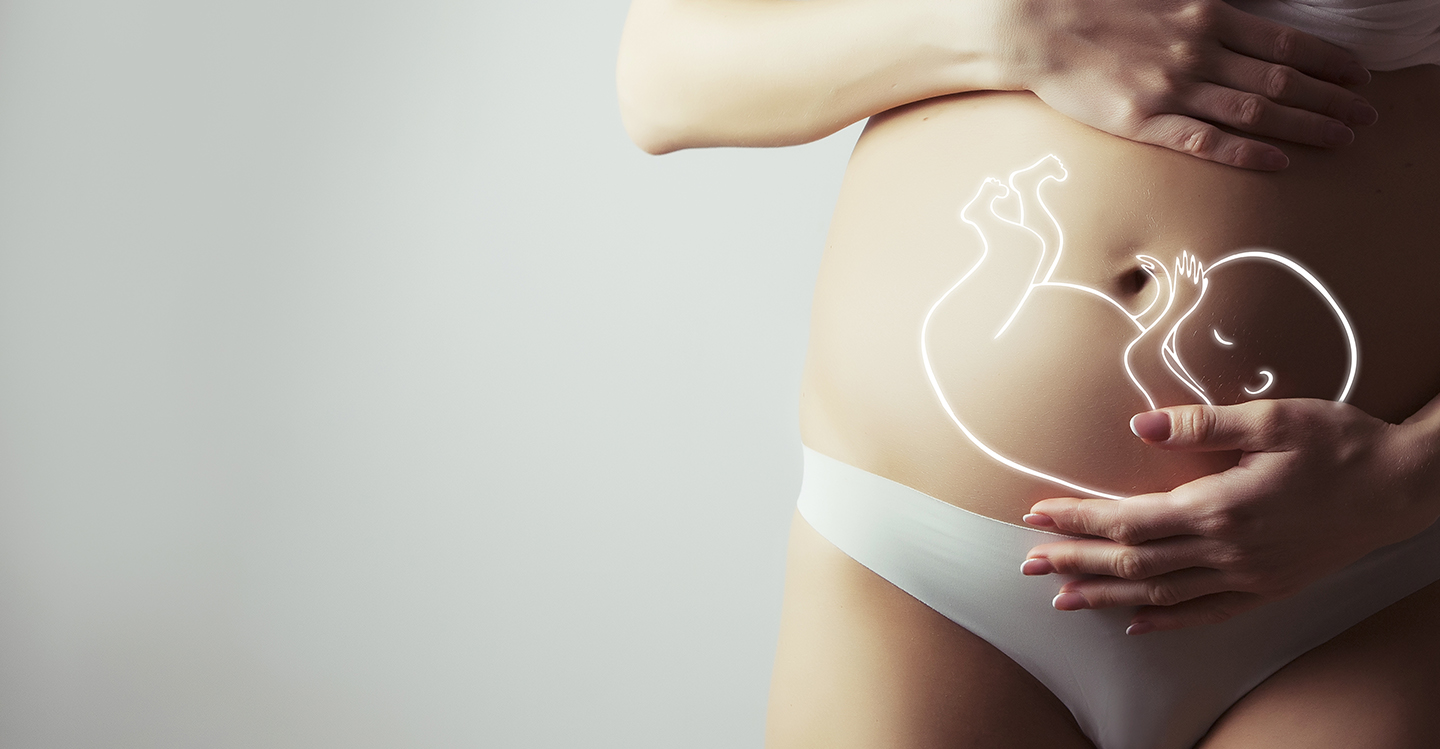antenatal / prenatal – refers to the time during pregnancy, but before birth e.g. prenatal exercise
birth canal – the passage through which the baby is delivered in a vaginal birth, made up of the cervix and vagina
birth plan – developed with specialist consultation, this plan outlines a woman’s preferences for their childbirth
breech position / breech birth – a baby in the breech position has their head upright and feet or bottom positioned at the cervix. It is more dangerous for babies to be born this way rather than head first, and often a caesarean is an alternative to a breech birth
caesarean / c-section – a surgical procedure where the baby is born via an incision in the mother’s lower abdomen
cervix – the narrow opening between the vagina and the uterus that widens (dilates) during labour to accommodate the baby’s passage
conception / conceiving – the fertilisation of an egg by sperm and the beginning of a pregnancy
contractions – the strong, involuntary tightening of the uterus that assists a baby down out of the womb and through the birth canal
crowning – when a baby is passing through the birth canal and the top of their head is visible
embryo – two weeks after conception, the fertilised egg will be considered an embryo (until week 8)
endometrium – the layer of tissue inside the uterus that thickens in the lead up to ovulation. This tissue will provide an environment for a fertilised egg to settle into. If fertilisation doesn’t occur, it will fall away and be expelled as part of a woman’s period
engaged – when the baby’s head is positioned downward and resting on the cervix in the lead up to childbirth
epidural – a painkiller given to a woman in labour to numb the lower half of their body
episiotomy – an incision made in the perineum (the area between the vagina and anus) to reduce tearing during birth. It will be surgically repaired following childbirth
fertility – a term with multiple uses but generally refers to the likelihood of conceiving and/or carrying a baby to birth
fertility treatment / assisted fertility – procedures or drugs that help a woman to conceive
foetus – after week 8, an embryo will be referred to as a foetus. Most people and even specialists will refer conversationally to the foetus as a baby from this point
full-term / term – when a pregnancy carries through to between week 37 and 42
gestation – the length of time that an embryo/foetus/baby has been growing inside the uterus e.g. 10 weeks’ gestation
hospital plan – outlines the plan for when you go into labour and leave for the hospital e.g. the address, route, contact numbers, where to park, which ward to go to etc.
labour – the process of a woman giving birth. Divided into stage one (signs of and preparation for birth), stage two (childbirth) and stage three (passing of the placenta)
midwife – a person who specialises in delivering babies and advising parents on pre- and postnatal care and strategies
obstetrician – a doctor who specialises in pregnancy and childbirth
ovulation – the monthly release of an egg as part of a woman’s menstrual cycle
perinatal – in Australia, this is the five months before and one month after childbirth
placenta – a specialised and temporary internal organ that develops with the baby to provide them with nutrients
postnatal / postpartum – refers to the period after childbirth
premature birth – usually refers to babies born before week 37. Premature babies often need temporary specialist care
trimesters – a division of different time periods of the pregnancy into first (conception to week 12/13), second (week 13 to week 27/28) and third (week 28 to childbirth)
umbilical cord – connects to the baby via their stomach (later forming the belly button) and provides them with blood, oxygen and nutrients
uterus / womb – the organ in which a baby grows and develops
waters – the amniotic fluid that surrounds a baby in the womb. When these gush out (break) it’s time for the baby to be born
zygote – a fertilised egg in the first two weeks of pregnancy



